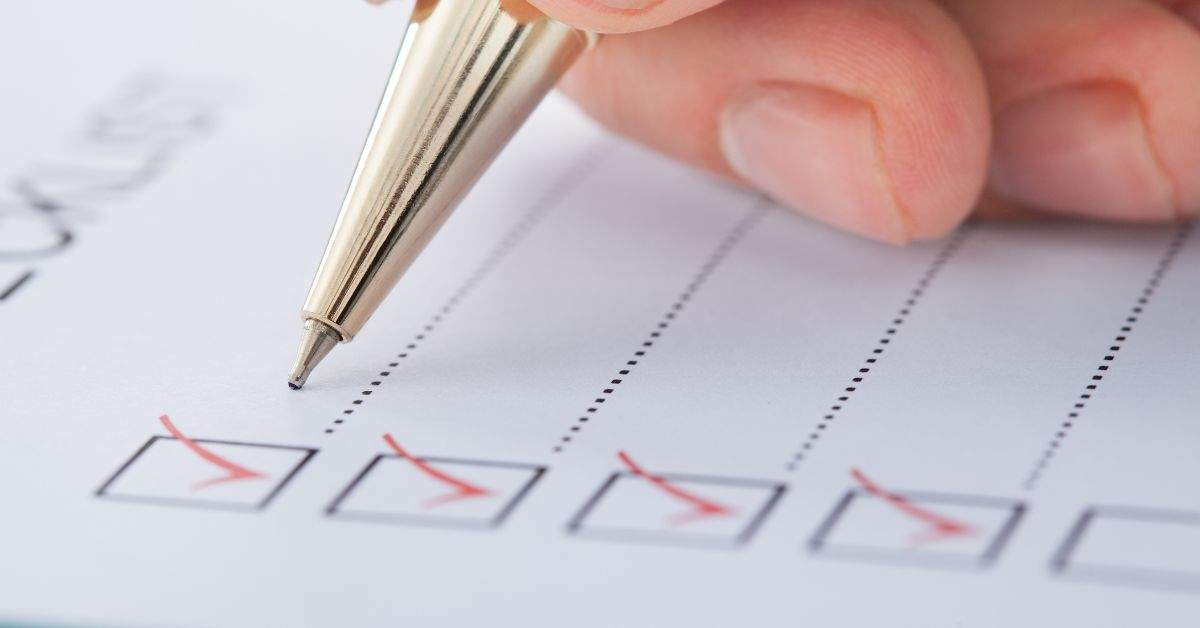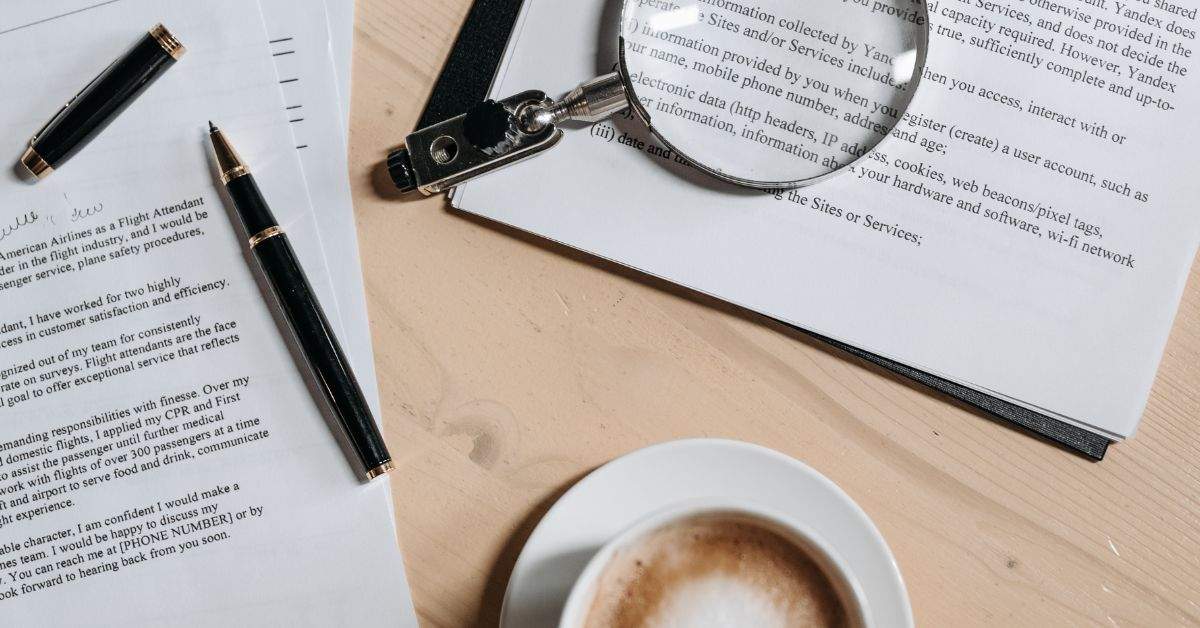Is your opposing lawyer not responding? Communication in cases can be difficult, but what do you do when the opposing lawyer is not responding?
Anyone involved in any part of the litigation process knows that communication with opposing lawyers must be carefully monitored.
With the potential for extreme emotions hovering over every interaction with an opposing law firm, legal professionals have to be exceptionally careful in their electronic communications.
To avoid costly mistakes, use this list of tips for keeping your emails and communications to opposing lawyers bullet-proof:
When an opposing lawyer is not responding, it can be frustrating and may disrupt the legal process.
Here are steps you can take to address the situation:
Document your attempts
Documenting attempts to contact the opposing attorney is crucial for legal accountability and record-keeping. Keep a comprehensive log detailing all communication efforts, including emails, phone calls, and letters sent.
Specify dates, times, and the nature of each attempt made to establish contact. This documentation provides evidence of your diligent efforts to engage in communication and resolve matters amicably.
It also serves as a reference point for future discussions with your attorney or the court, demonstrating your commitment to resolving issues in good faith.
Proper documentation ensures clarity and transparency in legal proceedings, enhancing the efficiency and effectiveness of the overall process.
Follow up
Following up with the an opposing lawyer who is not responding is essential to maintain momentum and clarify outstanding matters.
Send courteous and concise follow-up emails or letters, reiterating the urgency of the issue and requesting a prompt response.
Clearly outline any deadlines or pending actions requiring their attention. Express willingness to collaborate and find mutually beneficial solutions. Strive for professionalism and clarity in your communication, fostering an atmosphere of cooperation and respect.
Effective follow-up demonstrates diligence and commitment to resolving issues efficiently, while also providing a clear record of your efforts in case of future inquiries or legal proceedings.
Contact their office
Contacting the opposing attorney’s office directly can help address communication gaps and expedite resolution.
Reach out via phone or email to their office manager or assistant, politely inquiring about the status of your messages and expressing the importance of timely communication.
Provide specific details regarding your attempts to contact the attorney and the urgency of the matter at hand. Maintain professionalism and courtesy throughout the interaction, acknowledging the demands of their workload while emphasizing the significance of your concerns.
Direct communication with the attorney’s office demonstrates proactive engagement and a commitment to resolving issues constructively, fostering positive professional relationships.
Explore alternative communication methods
When traditional communication methods fail, exploring alternative channels can facilitate connection with the opposing attorney.
Consider employing different mediums such as certified mail, fax, or even reaching out through professional networking platforms like LinkedIn. These alternatives offer distinct avenues to capture attention and prompt response.
Additionally, engaging mutual contacts or colleagues may help relay messages effectively.
Remain adaptable and open to innovative approaches while maintaining professionalism and respecting boundaries.
By diversifying communication strategies, you enhance the likelihood of establishing contact and fostering productive dialogue, ultimately facilitating the resolution of legal matters in a timely manner.
Contact the court or mediator
If your opposing lawyer is not responding, it can significantly impede legal proceedings and contacting the court or mediator overseeing your case becomes necessary.
Draft a formal letter or motion detailing your efforts to engage with the opposing party and the resulting delays or impasses.
Submit this correspondence to the appropriate court or mediation authority, requesting intervention or guidance in resolving the communication breakdown.
Provide evidence of your attempts to initiate dialogue and emphasize the importance of timely resolution. Court or mediator intervention can help facilitate communication and ensure the progression of legal proceedings while upholding fairness and due process.
Consider legal options
When facing a non-responsive opposing attorney, exploring legal options becomes essential for addressing the issue effectively. Depending on the severity of the situation and its impact on your case, consider the following avenues:
- Motion to compel: File a motion with the court requesting an order compelling the opposing attorney to respond to your communications or fulfill their legal obligations.
- Seek sanctions: If the opposing attorney’s lack of response constitutes a violation of court rules or ethical standards, you may seek sanctions against them, which could include fines or other penalties.
- Alternative dispute resolution (ADR): Engage in mediation or arbitration to resolve the communication issue outside of formal litigation. A neutral third party can facilitate dialogue and help reach a mutually acceptable resolution.
- Request judicial intervention: Petition the court to intervene in the communication breakdown, potentially through a status conference or case management conference, to address the issue and establish a path forward.
Be patient, but be persistent
In navigating a non-responsive opposing attorney, balance patience with persistence. Respect reasonable timelines while actively pursuing resolution. Consistently follow up through diverse channels, maintaining professionalism.
Clearly articulate urgency and impacts on proceedings. Patience demonstrates understanding, while persistence underscores commitment to resolution.
This approach fosters effective communication and problem-solving, enhancing the likelihood of a satisfactory outcome.
Consider the implications
Consider the implications of a non-responsive opposing attorney to understand underlying factors and devise appropriate strategies.
Evaluate potential reasons for the lack of communication, such as workload, personal issues, or strategic maneuvers. Recognize the impact on case progression, deadlines, and client satisfaction.
Assess legal, ethical, and professional ramifications of escalating the situation.
Determine the necessity of involving supervisory bodies or seeking alternative dispute resolution methods.
Acknowledge the potential strain on professional relationships and the reputation of involved parties. By comprehensively understanding implications, you can make informed decisions and pursue avenues that prioritize resolution while upholding legal standards and professional integrity.
Seek resolution through collaboration
Seeking resolution through collaboration entails fostering open communication and mutual understanding between parties. Encourage constructive dialogue aimed at identifying common ground and shared objectives.
Emphasize the importance of finding win-win solutions that address the interests and concerns of all involved. Explore alternative dispute resolution methods such as mediation or negotiation to facilitate compromise and agreement.
Maintain a cooperative and respectful attitude throughout the process, acknowledging differing perspectives while striving for consensus.
By prioritizing collaboration, parties can work together effectively to resolve conflicts and achieve mutually beneficial outcomes, fostering positive relationships and sustainable resolutions.
How to improve your communication strategy
1. Consider everything you put in writing to be an exhibit that will end up in front of the judge
The “New York Times” rule for sending emails suggests that before you send an email, you should make sure its contents wouldn’t embarrass you if it ended up on the front page of the “Times.”
Before you send an email to opposing counsel, consider how the judge in your case would take it if your email ended up as an exhibit to a motion.
Instead, it is good practice to review each email to your opponent as if you are the judge reading it from a neutral arbiter’s perspective. Does the email make your side sound reasonable? If so, hit “send.” If not, rewrite it until you’re comfortable it can’t harm the client’s case.
2. Don’t put the opposing counsel’s email address in the “To:” line until you know your email is ready to send
This is a simple tip, but it is one that can save you from costly mistakes. Never fill out the “To:” line of your email until you are absolutely, positively, ready to send it. This can prevent you from sending the email to the wrong person. More importantly, it can also prevent you from sending an email before it is ready to go.
When I was a young lawyer, I remember hearing of an associate at a nearby law firm who would let his frustration out by drafting an obscene rant in an email intended for opposing counsel.
One day, he accidentally hit “Send” on the joke email and it ultimately ended up in front of the judge. The backlash of his mistake left him jobless and utterly embarrassed.
3. Don’t be overly friendly with opposing counsel
The code of ethics surrounding counsel communication is pretty general, but it’s necessary to maintain a high level of decorum in any interaction with opposing counsel. The best way to avoid this trap is to keep all communications with opposing counsel in a professional, arm’s length tone. Even if the other lawyer is a genuinely friendly person, emails showing an overly familiar, joking tone could be misconstrued by a judge or your client.
To avoid any mishaps, communicate with opposing counsel with the same level of professionalism that you would with clients.
4. Delay hitting “send”
By setting a rule that your emails won’t go out for several minutes after you press “send,” you give yourself the chance to review its contents in case you missed an error. This simple tool can be a godsend for both your case and your career. If you have ever received a rude email from opposing counsel, it can be so tempting to fire back. This is when the “delay send” function of your email program can really save the day.
Raise your level of accountability by using this tip to ensure that your emails with opposing counsel are based on professionalism and adheres to court rules.
5. Make sure your team is appropriately copied on all communications with opposing counsel
While juggling your tasks, it can be easy to quickly respond to an email from opposing counsel without copying key members of your team. Create a memo for yourself that clearly defines who should be copied on emails, how they should be copied, and when they should be copied.
You should also have readily accessible notes on when and how your client will be included in emails. If you don’t have 100% clarity on who should receive copies of your emails, ask early and often.
Follow these five tips and you’ll make it easier to avoid mistakes that could potentially harm the integrity of your firm. Also, add the ABA’s Model Rules of Professional Conduct to your bookmarks for future reference.
Conclusion
In the realm of legal proceedings, communication with opposing attorneys is paramount.
Yet, when an opposing lawyer is not responding, it can pose significant challenges. When met with silence, vigilance is key.
Document all attempts to establish contact meticulously, safeguarding accountability and clarity. Be persistent yet respectful with your follow-ups and direct outreach to the attorney’s office to avoid potential miscommunications.
Exploring alternative channels demonstrates adaptability and resolve. When avenues seem exhausted, seeking judicial or mediation intervention becomes imperative, ensuring due process and progression. Moreover, considering the implications of such communication breakdowns illuminates strategic paths forward.
Collaborative efforts foster understanding and resolution, championing professional integrity and efficient legal discourse.
By adhering to best practices and mindful engagement, legal practitioners navigate complexities with diligence and efficacy, safeguarding client interests and upholding legal standards.







